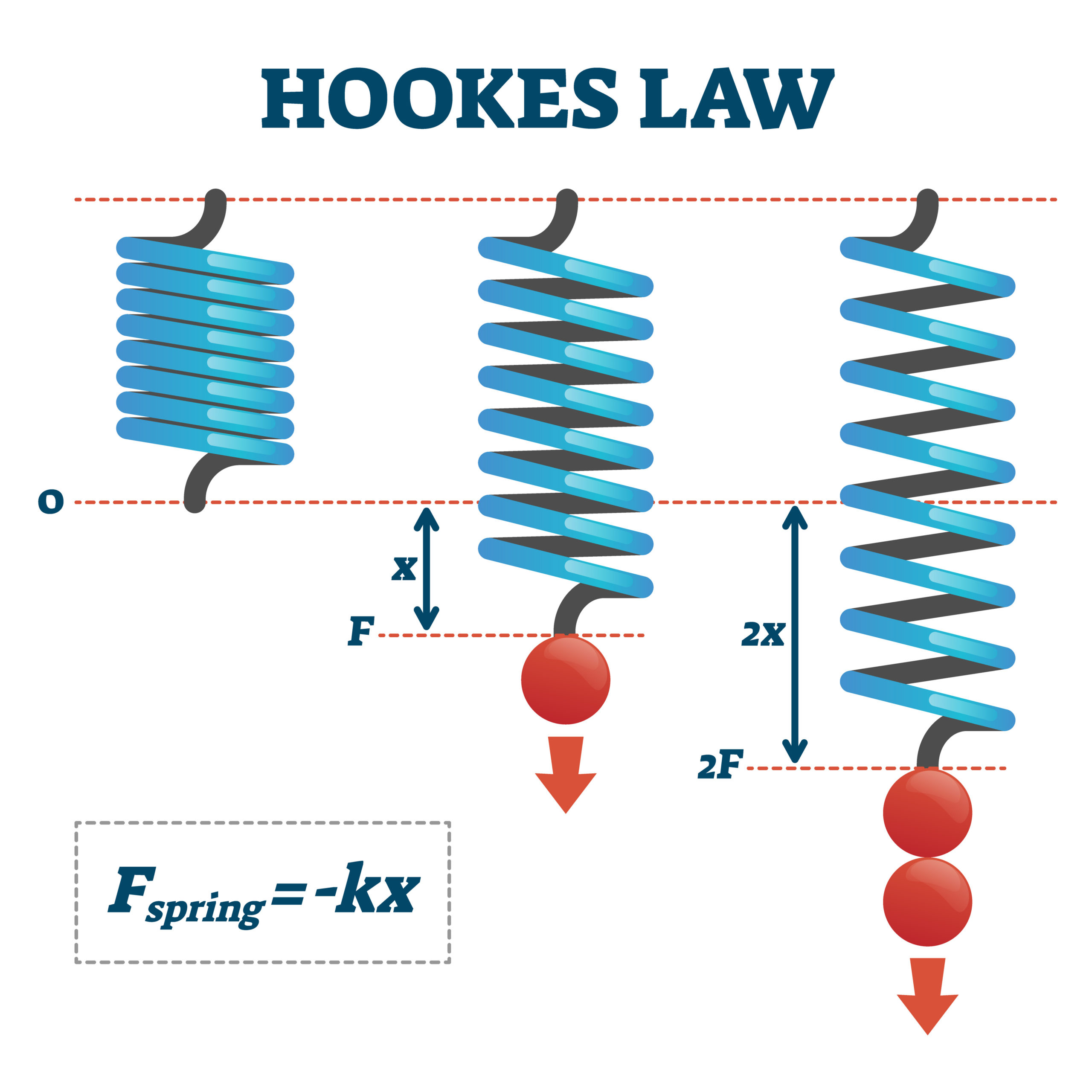Steel is an alloy of iron and carbon, along with small amounts of other elements. The carbon content in steel varies from less than 0.01% to around 2%, depending on the type of steel. The most common types of steel include carbon, alloy and stainless steel. Carbon steel is the most widely used type , and contains up to 2% carbon. It is strong and hard, but not as corrosion resistant as other types of steel.
Alloy steel is a type of that contains additional elements such as manganese, nickel, chromium, and molybdenum, which improve its strength, hardness, and corrosion resistance. Stainless steel is a type that contains at least 10.5% chromium, which makes it highly resistant to corrosion. It is also known for its strength and durability.

These are used in a wide variety of applications, including construction, transportation, and manufacturing. It is also used to make tools, appliances, and medical equipment. The production of steel involves the extraction of iron from iron ore, and the addition of carbon and other elements to create the desired alloy.
Grades of Steel
There are many different grades of steel, each with unique properties and characteristics. Some of the most common grades include:
- Carbon: This type is the most widely used and contains up to 2% carbon. It is known for its strength and durability, but is not as corrosion resistant as other types of steel.
- Low carbon : This type has a low carbon content, typically less than 0.3%. It is easy to shape and form, making it ideal for use in construction and manufacturing.
- High carbon : This type has a high carbon content, typically between 0.6% and 1%. It is harder and stronger than low carbon steel, but is also more brittle.
- Alloy : This type contains additional elements such as manganese, nickel, chromium, and molybdenum, which improve its strength, hardness, and corrosion resistance.
- Stainless : This type contains at least 10.5% chromium, which makes it highly resistant to corrosion. It is also known for its strength and durability.
- Tool : This type is specifically designed for use in tools and machinery. It is known for its hardness, strength, and wear resistance.
- Maraging : This type is a type of high-strength, low-alloy steel that is known for its combination of high strength and toughness.
- Spring : This type is known for its elasticity and ability to return to its original shape after being bent or stretched.
- Weathering : This type is designed to be used in outdoor applications, and is resistant to the effects of weathering, including rusting.
Each steel grade is designed to meet specific needs and applications, and choosing the right grade will depend on the specific requirements of the project or product.
Steel Types by Manufacturing Method
There are several different types of steel that can be classified based on their manufacturing method. Some of the most common types include:
- Hot-rolled : Hot-rolled is produced by heating the steel to a high temperature and then rolling it to create the desired shape. This method is used to create steel products with a rough surface finish and a specific shape.
- Cold-rolled : Cold-rolled is produced by rolling the steel at room temperature. This method is used to create steel products with a smooth surface finish and precise dimensions.
- Cast : Cast steel is produced by pouring molten steel into a mold, where it solidifies and takes on the shape of the mold. Cast is used to produce a wide range of products, including gears, pipes, and machine parts.
- Forged : Forged is produced by heating the steel to a high temperature and then using hammers or presses to shape it. This method is used to create steel products with high strength and toughness.
- Extruded : Extruded is produced by pushing steel through a die to create a specific shape. This method is used to create steel products with a uniform cross-section, such as pipes and tubing.
- Welded : Welded is produced by joining together pieces of steel using heat, pressure, or a filler material. This method is used to create steel products with a strong bond between the pieces, such as bridges and buildings.
- Rolled : Rolled is produced by placing the steel between two rollers and applying pressure to shape it. This method is used to create steel products with a smooth surface finish and precise dimensions.

Each type of steel has its own unique properties, and the manufacturing method plays a significant role in determining the strength, durability, and other characteristics of the steel. The choice of manufacturing method will depend on the application and the desired properties of the finished product.
Types of Steel based on Chemical Composition
There are many different types that can be classified based on their chemical composition. Some of the most common types include:
- Carbon
- Low-alloy
- High-alloy
- Stainless
- Maraging
Carbon Steel
Carbon is a type of alloy that contains up to 2% carbon. It is the most widely used type of alloy, and is known for its strength and durability. The properties of carbon alloy can be adjusted by varying the amount of carbon in the alloy, as well as by adding other alloying elements.
The carbon in carbon alloy acts as a hardening agent, and the more carbon that is present, the harder and stronger the alloy will be. However, as the carbon content increases, the alloy becomes more brittle and less ductile. Carbon alloy can be further classified into low carbon alloy, medium carbon alloy, and high carbon alloy, based on the carbon content.
Low carbon alloy has a carbon content of less than 0.3%, making it easy to shape and form, making it ideal for use in construction and manufacturing. Medium carbon alloy has a carbon content between 0.3% and 0.6%. It is stronger than low carbon alloy, but not as strong as high carbon alloy. High carbon alloy has a carbon content of more than 0.6%. It is known for its hardness and strength, but is also brittle and difficult to work with.
Carbon alloy is used in a wide variety of applications, including construction, transportation, and manufacturing. It is also used to make tools, appliances, and medical equipment. The production of carbon alloy involves the extraction of iron from iron ore and the addition of carbon and other elements to create the desired alloy.
Carbon alloy can be further treated by heat treatment to improve its strength, ductility and toughness. It can also be surface treated like galvanizing, painting and coating to improve corrosion resistance. Overall, carbon alloy is a versatile and cost-effective material that is widely used in many different industries and applications due to its strength and durability.
Low-Alloy Steel
Low-Alloy is a type of alloy that contains small amounts of alloying elements, typically less than 5%. These alloying elements can include elements such as nickel, chromium, molybdenum, manganese, and others. The addition of these elements improves the properties of the alloy, such as its strength, corrosion resistance, and toughness.
Low-Alloy alloys have a higher strength and harder than plain carbon alloys. They also have improved toughness, ductility, and weldability. They are used in a wide range of applications, including construction, transportation, and manufacturing. Low-Alloy alloys are commonly used in the production of bridges, buildings, and other structures where strength and durability are important.
Low-Alloy alloys can be further classified into different grades depending on the specific alloying elements and their concentrations. For example, nickel-chromium alloys, nickel-chromium-molybdenum alloys, manganese-molybdenum alloys, and nickel-molybdenum alloys are all examples of Low-Alloy alloys.
Low-Alloy alloys are also used in the production of machinery, tools, and equipment where high strength and toughness are required. They are also used in the production of oil and gas pipelines, and in the petrochemical industry.
In comparison with carbon alloy, Low-Alloy alloys have improved properties, but also have higher cost due to the additional alloying elements. The choice of Low-Alloy alloy will depend on the specific requirements of the application and the balance between cost and improved properties.
High-Alloy Steel
High-alloy is a type of alloy that contains larger amounts of alloying elements, typically more than 5%. These alloying elements can include elements such as nickel, chromium, molybdenum, manganese, and others. The addition of these elements significantly improves the properties of the alloy, such as its strength, corrosion resistance, and toughness.
High-alloy alloys have a higher strength and harder than low-alloy alloys. They also have improved toughness, ductility, and weldability. They are used in a wide range of applications, including construction, transportation, and manufacturing. High-alloy alloys are commonly used in the production of bridges, buildings, and other structures where strength and durability are important.

High-alloy alloys can be further classified into different grades depending on the specific alloying elements and their concentrations. For example, nickel-chromium alloys, nickel-chromium-molybdenum alloys, manganese-molybdenum alloys, and nickel-molybdenum alloys are all examples of high-alloy alloys.
High-alloy alloys are also used in the production of machinery, tools, and equipment where high strength and toughness are required. They are also used in the production of oil and gas pipelines, and in the petrochemical industry.
In comparison with low-alloy alloys, high-alloy alloys have improved properties but also have a higher cost due to the additional alloying elements. The choice of high-alloy alloy will depend on the specific requirements of the application and the balance between cost and improved properties.
Stainless Steel
Stainless is a type of alloy that contains at least 10.5% chromium. The addition of chromium to the alloy creates a protective layer on the surface of the alloy, which makes it highly resistant to corrosion. It is also known for its strength and durability. Stainless alloy can be further divided into different grades based on the amount of chromium and other alloying elements.
The most common types of stainless alloy are the austenitic, ferritic, martensitic, and duplex. Austenitic stainless alloy contains nickel and is non-magnetic, it is known for its ductility and formability. Ferritic stainless alloy contains no nickel, it is magnetic and has better stress corrosion cracking resistance. Martensitic stainless alloy contains more carbon and is known for its hardness and strength. Duplex stainless alloy contains a mixture of austenite and ferrite and is known for its high strength and good corrosion resistance.
Stainless alloy is used in a wide range of applications, including construction, transportation, and manufacturing. It is also used to make appliances, medical equipment, and cutlery due to its corrosion resistance. The production of stainless alloy involves the addition of chromium and other elements to create the desired alloy.
Stainless alloy can also be further treated by heat treatment or surface treatment, such as polishing or passivating, to improve its properties. The choice of stainless alloy will depend on the specific requirements of the application and the balance between cost and improved properties.
Maraging Steel
Maraging is a type of high-strength, low-alloy alloy that is known for its combination of high strength and toughness. It is made by a heat treatment process called “age hardening” where the alloy is heated to a high temperature, then cooled rapidly, and then aged at a lower temperature. This process causes the formation of a very hard, strong, and stable microstructure.
Maraging alloy typically contains high amounts of nickel, cobalt, and other alloying elements such as molybdenum and titanium. The high nickel content in maraging alloy gives it excellent ductility and toughness, while the addition of cobalt improves the strength and hardness.
Maraging alloy has a wide range of applications, such as aerospace, nuclear engineering, and sport goods. It’s also used for high-performance gears, shafts, and other machine parts that require high strength, toughness, and resistance to wear and tear.
Maraging alloy can be further treated by heat treatment to improve its properties. The choice of Maraging alloy will depend on the specific requirements of the application and the balance between cost and improved properties.




